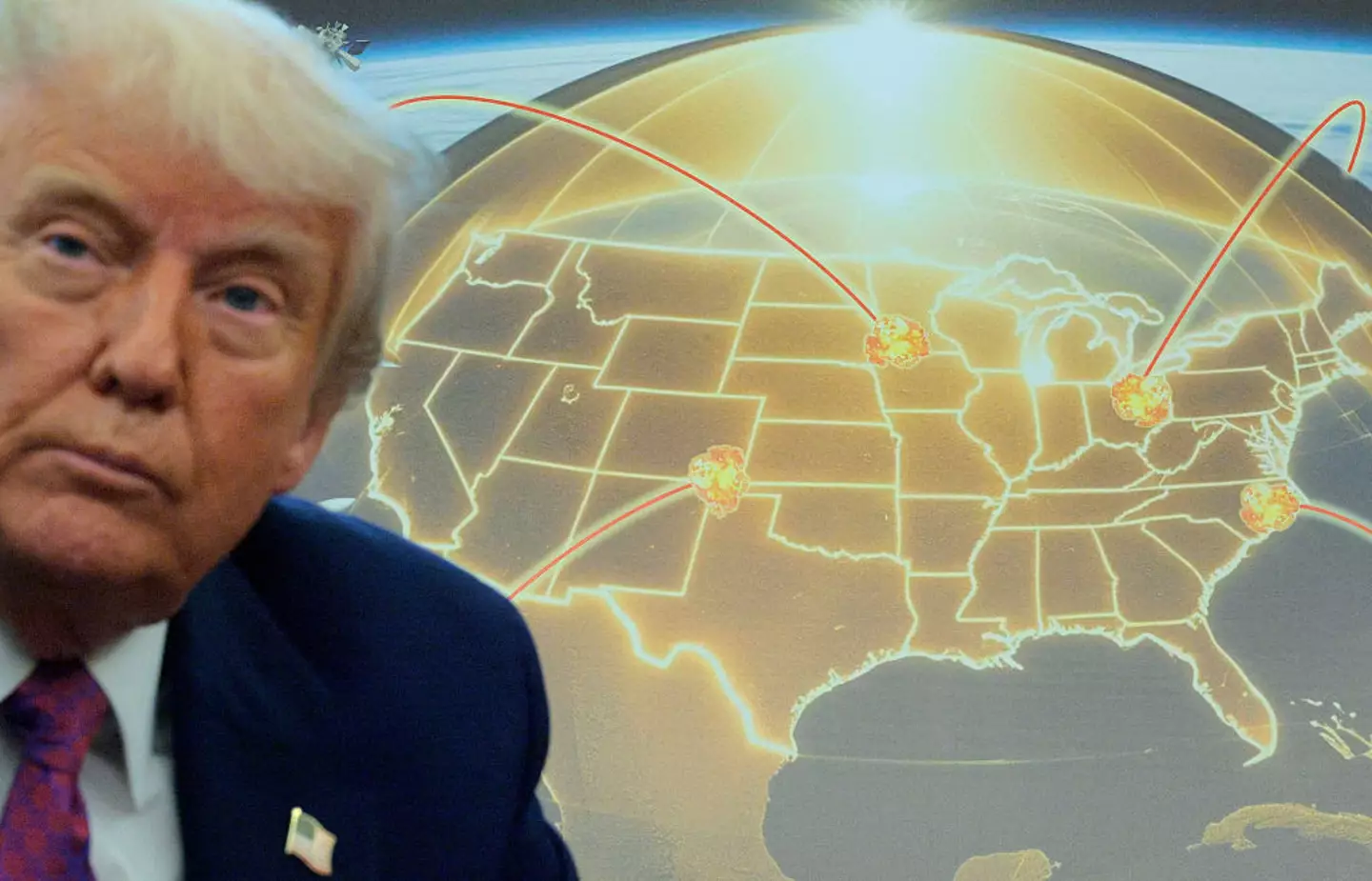President Donald Trump’s announcement of the ambitious ‘Golden Dome’ space defense program has sparked renewed scrutiny over the true cost of militarizing U.S. space operations—especially as geopolitical tensions with China escalate.
The initiative, projected to cost taxpayers a staggering $175 billion, aims to counter growing threats from rival nations. According to the Pentagon, both Russia and China have already begun deploying weapons into orbit, prompting calls for the U.S. to ramp up its own space defense capabilities.
During a press briefing in the Oval Office on Tuesday, May 20, the 78-year-old president emphasized that the ‘Golden Dome’ system would be “fully operational before the end of my term” in 2029. While the timeline, strategic rationale, Elon Musk’s rumored involvement, and China’s fiery response have been widely covered, new analysis sheds light on the potentially underestimated financial burden of the program.
As a starting point, President Trump has included a $25 billion allocation for the Golden Dome in his proposed tax break bill, which is currently progressing through Congress.
At a Senate hearing on Tuesday, May 13, Lt. Gen. Robert Rasch, joint program officer for the Guam Defense System, estimated that constructing a scaled-down version of the Golden Dome for the U.S. territory of Guam would cost around $8 billion.
However, Guam spans just 210 square miles, while the continental United States is over 17,000 times larger. This vast disparity raises concerns that the real cost of a nationwide integrated air and missile defense system could far exceed $175 billion.
With global powers accelerating their space warfare capabilities, the Golden Dome project marks a significant—and expensive—turn in U.S. defense strategy. Whether it will deliver the promised protection or become a fiscal black hole remains to be seen.

As part of the ‘Golden Dome’ mission, hundreds of satellites will be launched into orbit (Getty stock)
Senator Angus King, of Maine, extrapolated the $8 billion figure and multiplied it by the number of cities in the US that have the same amount of people or more living in them than the entire population of Guam, which is 779.
By King’s methodology, the ‘Golden Dome’ is estimated to cost more than $6 trillion – $6,232,000,000,000 to be precise.
That calculation is 35 times more than Trump’s initial estimation.
However, it is important to remember that that figure has simply been extrapolated from Guam’s military defense system, that is earmarked for completion in 2031, which the Golden Dome will not be a carbon copy of.
Using a similar approach, The Hill crunched the numbers and recorded a far more modest number of $119 billion – a figure the outlet worked out by calculating Guam’s area in square miles relative to the US – which is 14.86 times larger.
Meanwhile, the Congressional Budget Office has estimated that space-based components of the program alone could cost as much as $542 billion over the next 20 years.

President Donald Trump spoke to reporters in front of a map of his proposed ‘Golden Dome’ missile defense system (Chip Somodevilla/Getty Images)
It’s reported that there are medium, high and ‘extra high’ choices for developing options within the program, an official said as reported by PA News Agency.
The differences between the three options would essentially depend on how many satellites, sensors, and space-based interceptors are bought.
So, how much it would really cost is unclear as of yet, but it is likely to cost much more than $175 billion.


